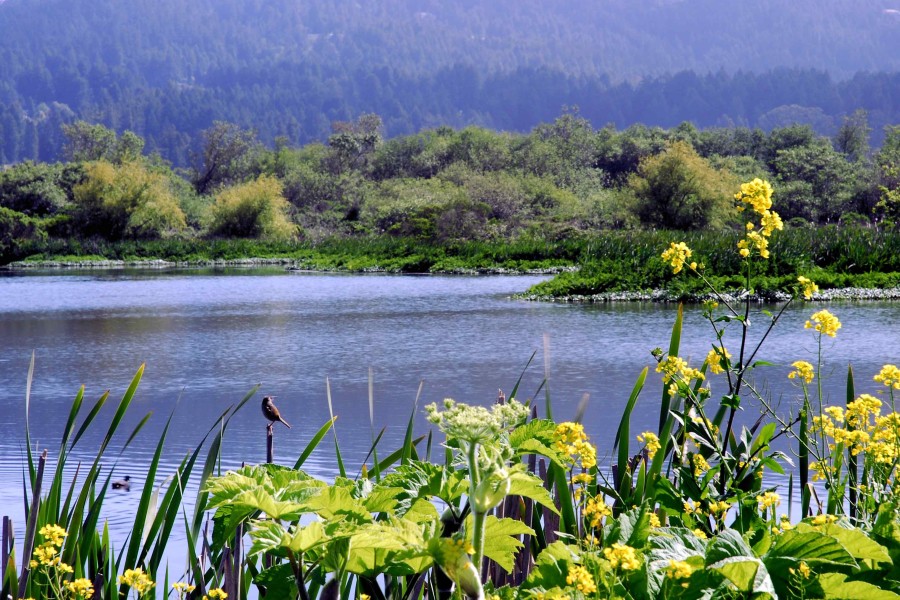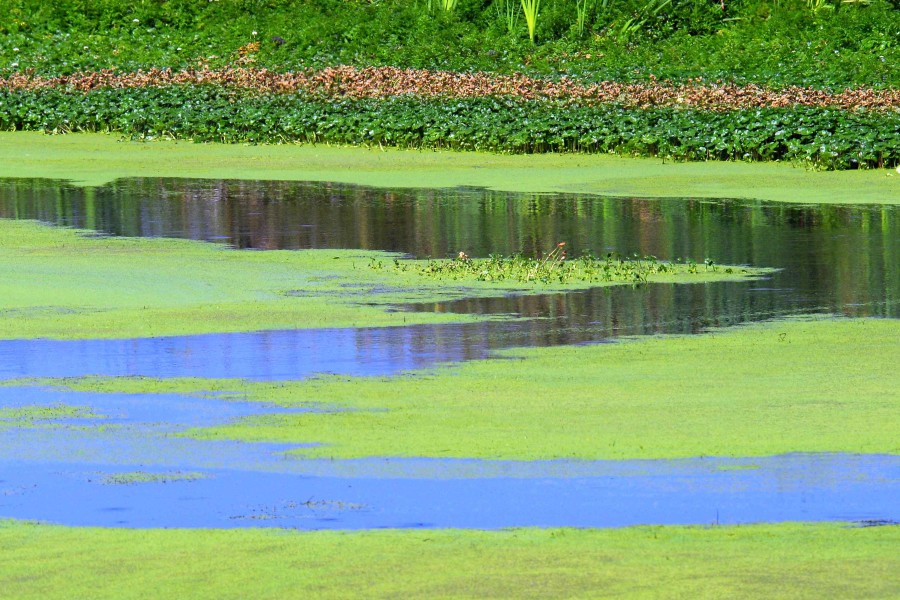At the north end of Humboldt Bay, a short walk from downtown Arcata, lies a gem now known as the Arcata Marsh and Wildlife Sanctuary. For thousands of years, before the arrival of European Americans in 1850, the marsh was a rich wetland stewarded by the Wiyot people, Soulatluk within the boundaries of their homeland. Before it was repurposed as a wastewater treatment plant and wildlife sanctuary in 1981, the property housed a landfill and lumber mill. Over the years, it has grown to a 307-acre mosaic of freshwater and saltwater marshes, brackish ponds, tidal sloughs and mudflats, grassy expanses, and wooded areas.
The Marsh is a renowned location for wildlife watching, a heavily used recreation area, and a remnant of historical uses of the area (e.g., log processing, landfill, railroad wharf).
The Arcata Marsh circulates effluent from the Arcata wastewater treatment plant. Its integration of conventional wastewater treatment with the natural treatment system of constructed wetlands has served as a model for similar systems globally and has received numerous awards.
The online birding site eBird pegs the Arcata Marsh as the best birding spot in terms of avian diversity in the entire Pacific Northwest north of Point Reyes, as over 330 species have been sighted within its boundaries.
Its more than five miles of surfaced trails help make the Marsh a favorite recreation spot for tens of thousands of visitors each year, coming from down the street or around the world.




